Eager to get on the water? Yeah, me, too.
This is a perfect time to float Nebraska’s water trails.
During the current pandemic, you can easily go with the folks in your household, (socially) distance yourselves from others, and keep your hands washed floating the state’s pristine rivers and streams.
There are dozens of other reasons to take a float trip, to boot.
You can do it for the openness and space that it offers and the adventure of going somewhere you have never been. You can make connections and memories with people and nature, re-trace history, see a variety of wildlife species, and get some fresh air and sunshine (vitamin D) and burn calories. You can do it to leave the house and technology behind, relax and clear your mind.
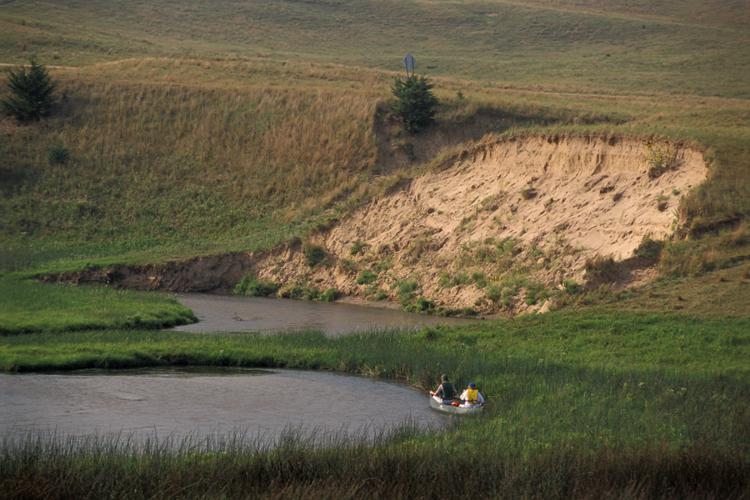
I have a passion for floating Nebraska’s water trails. Actually, I have an affinity for continuously flowing water. I grew up recreating along the Lower Platte River corridor in Sarpy County. I am a self-proclaimed “river rat.” In fact, I have paddled nearly all of the rivers in my 41 years at the Nebraska Game and Parks Commission. And in my view, we have some of the most beautiful rivers and creeks in the U.S.
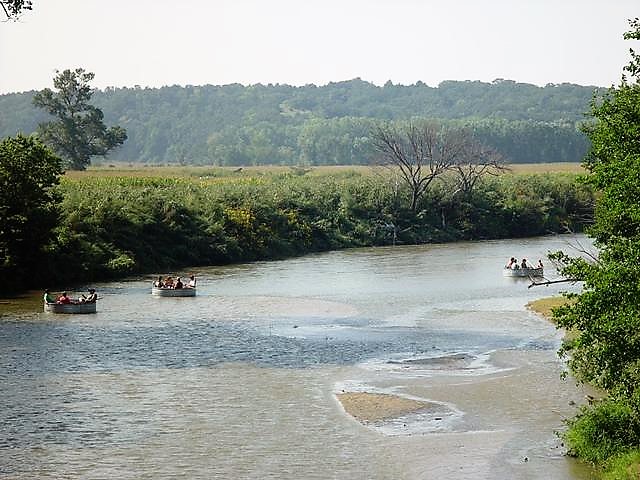
Whether it is leisurely floating a kayak on the Platte River with co-workers or paddling a canoe on the remote, wild Dismal River through an outfitter with friends, I thoroughly enjoy exploring our Nebraska Water Trails. I believe you will, too.
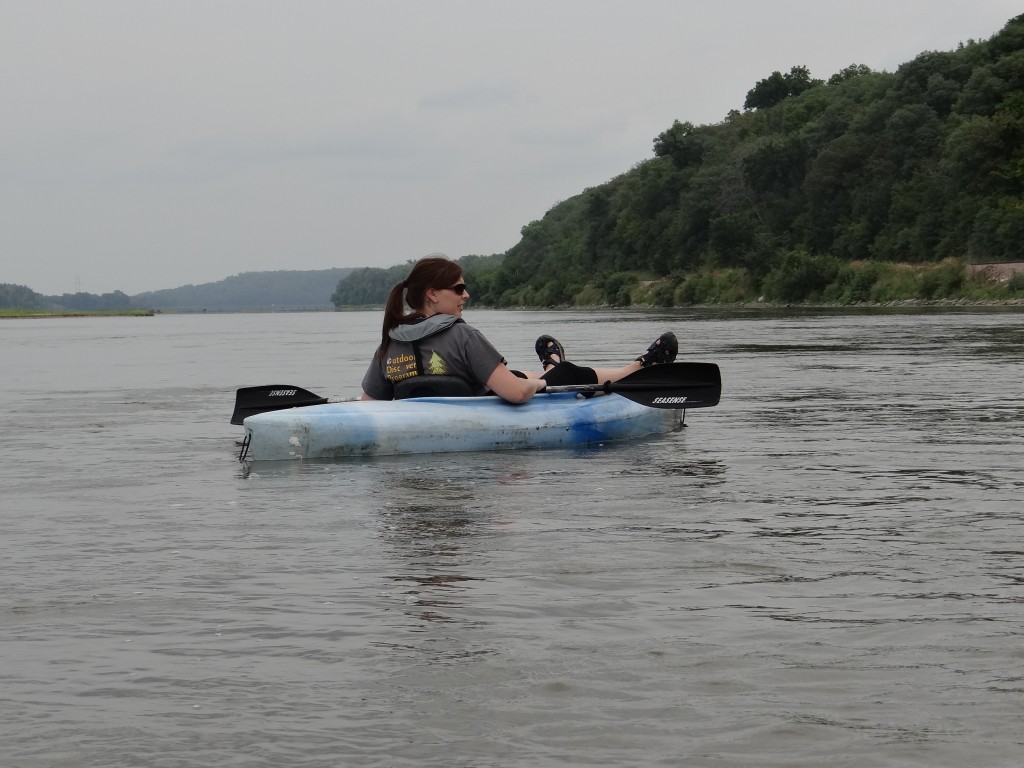
On the International Scale of River Difficulty, our Nebraska rivers typically rate Class I: Easy. That’s defined as moving water with riffles and small waves, few obstacles, slight risk to the swimmer, and easy self-rescue if you are wearing a life jacket. There are a few exceptions.
The Dismal River in the central Sand Hills area, for example, is a narrow, spring-fed stream that swiftly flows at about 6-8 mph. Barbed-wire fences, downed trees, stumps and rocks in the river are constant hazards. It is an “extreme sports” river. In a handful of places on two other rivers — the Niobrara and Snake — there are very difficult spots. Several rapids exist that require portage. These are Class II, III and IV rapids.
The Nebraska Game and Parks Commission has established 10 water trails or recreational passageways on specific stretches of rivers and creeks. These are generally calmer waters perfect for small non-motorized vessels such as kayaks, canoes, inner tubes, stock tanks, inflatable rafts, etc.
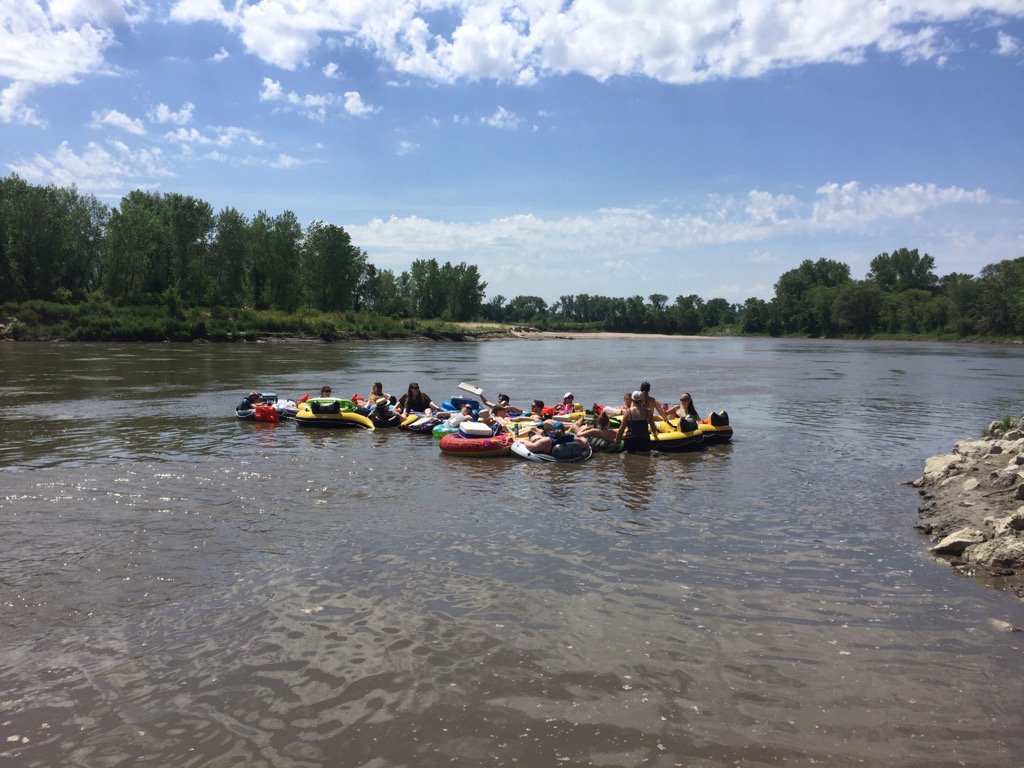
There’s a new, exciting water trail on the Kearney Canal. Additionally, paddlers should check out the newly designated Lower Platte River Venture Park Water Trail with redesigned, improved public access points.
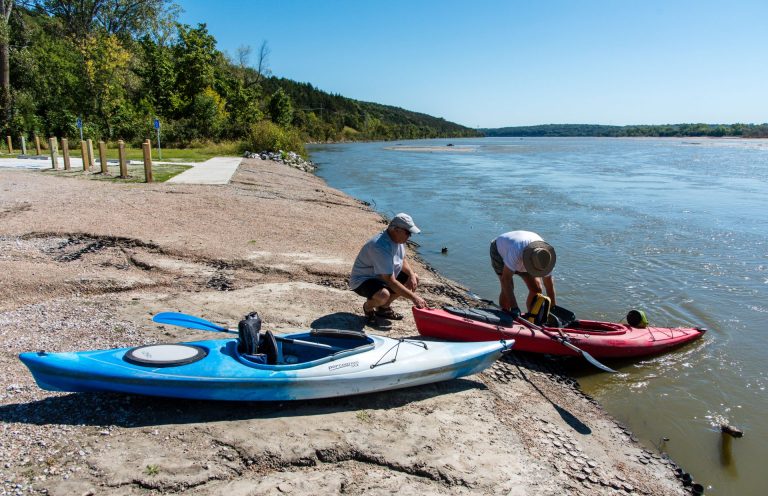
You can find information about the water trails, including access points and places to go ashore for resting, camping, fishing and picnicking, on OutdoorNebraska.gov/watertrails.
Don’t want to go it alone? Find river outfitters and rentals on the Game and Parks Commission’s water trails site or on the Nebraska Travel and Tourism website, VisitNebraska.com.
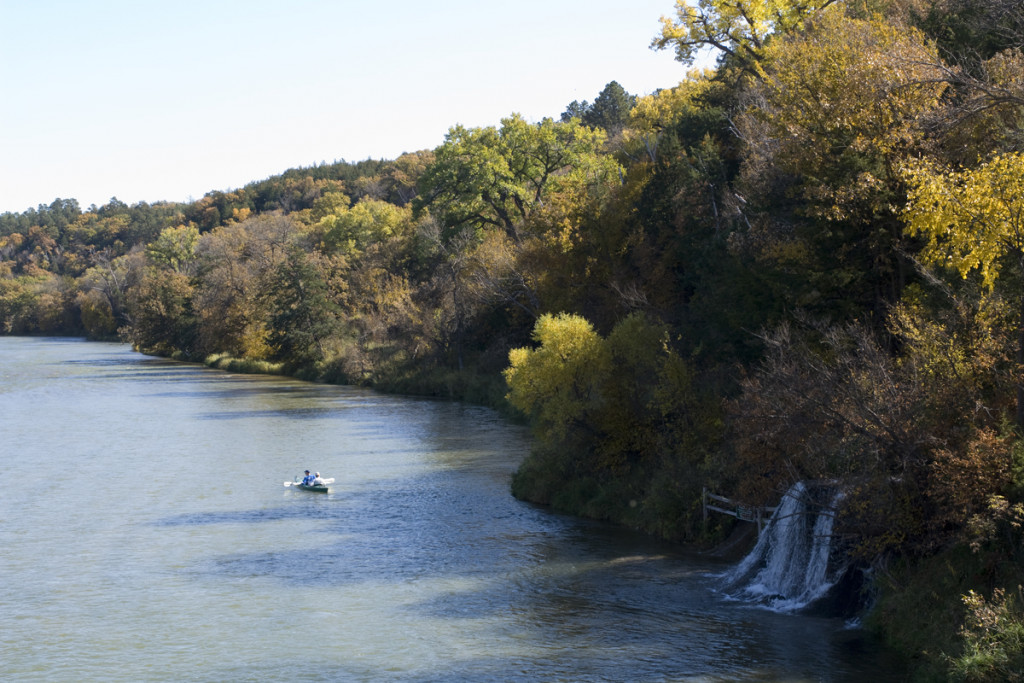
Water levels in some rivers and creeks fluctuate with weather, so be sure to check conditions on the USGS Streamflow site, waterdata.usgs.gov, or by contacting local outfitters, nearby state park superintendents, conservation officers or other officials. Always wear your life jacket around the environs of stained, unpredictable waters even with low flows. Be aware that power boating traffic may be present on some of these rivers, as well.
Also, keep in mind that only the water in these water trails belongs to the State of Nebraska. You can float it, and some governmental entities own adjacent land along these water trails. Nebraska state statutes give you permission to portage around fences and other obstructions; however, you are responsible for any damage to the property.
Largely, private landowners own the beds, bars and banks of rivers and creeks in Nebraska. Therefore, it is up to you to do your homework to get permission from the landowner for resting, picnicking, camping or fishing on that property. Most of the landowners along our water trails do not mind floaters as long as they ask permission well in advance, are careful with campfires, do not alter livestock fences, leave the property as they found it, and pack out their trash and recyclables.
On sandbars, water recreationists must avoid violating federal and state laws by keeping a good distance from protected shorebirds that are nesting. These at-risk shorebirds are the interior least tern and piping plover.
Fishing permit sales have soared this spring, presumably in response to sheltering in place. Join the throngs and buy a fishing permit, bring your fishing gear and take a container or two of earthworms or nightcrawlers on that float trip. You could catch your dinner or even land a fish species you have never seen!
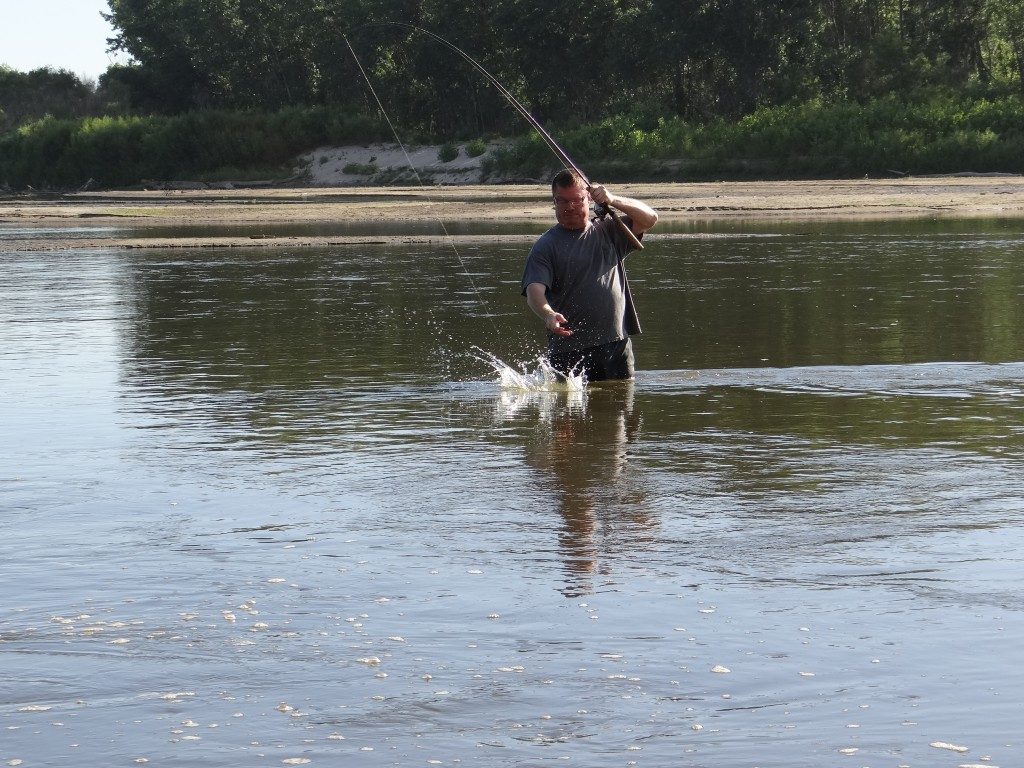
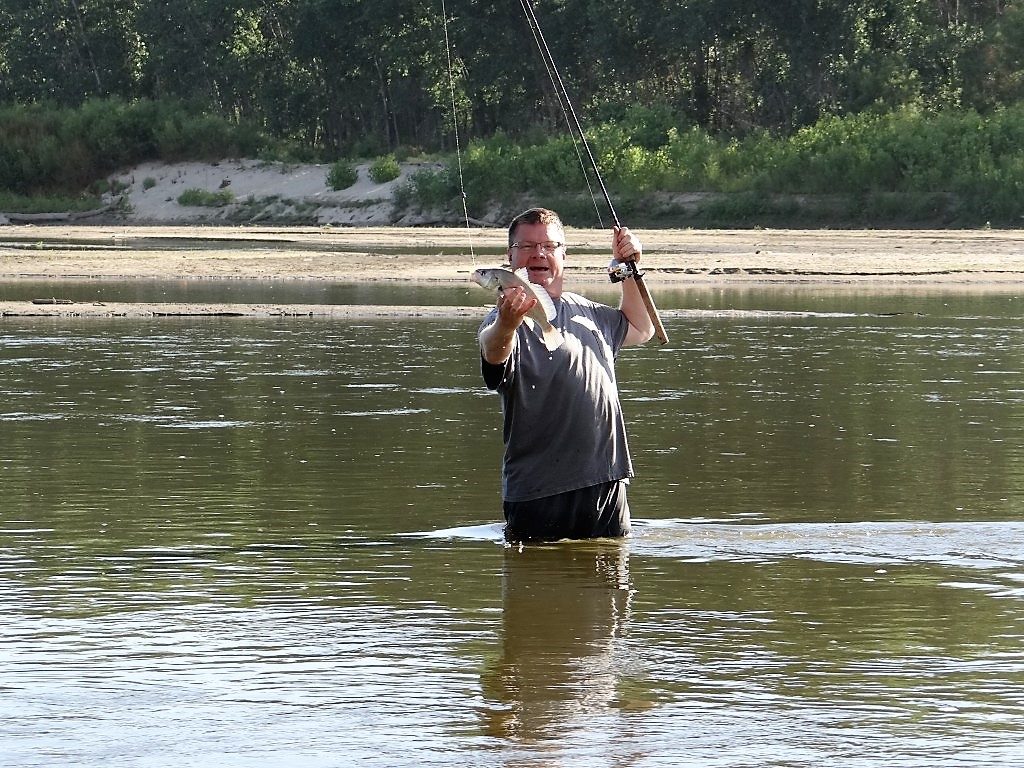
DID YOU KNOW
» Nebraska has approximately 79,056 miles of river, more than any other state.
» Nebraska has 10 designated water trails covering 518 river miles.
» The National Park Service has declared stretches of the Niobrara and the Missouri as Wild and Scenic Rivers.
SOURCE: “Floating the Good Life: A guide to developing water trails in Nebraska,” Nebraska Game and Parks Commission, OutdoorNebraska.gov/watertrails
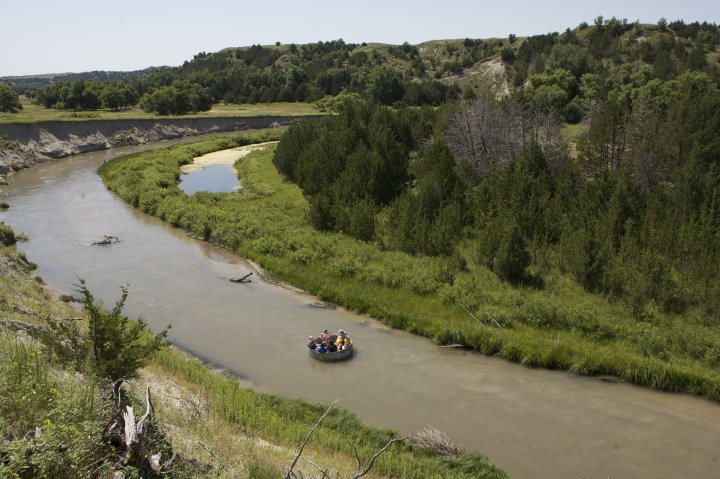
The post Nebraska’s water trails offer more than just a float trip appeared first on Nebraskaland Magazine.
















